[Editorial] A New Wave of Horror Stories in Pop Music - Part 2
Not read part one yet? Make sure you do before you go any further…. While an artist like Halsey has described their aforementioned visual album If I Can’t Have Love, I Want Power as a work of body horror, and acts like Poppy have spent their entire careers flirting with occult imagery in their aesthetic promotion, Screen Violence, When We All Fall Asleep, Where Do We Go?, and Turn Off the Light are unique in that they specifically use horror films as a point of reflection for their own internal arcs. What’s most noteworthy about this trend is that all three examples are narrated by women. Though out of three artists listed, only Lauren Mayberry of CHVRCHES explicitly identifies as a feminist, the anxieties present in each of these albums are uniquely gendered, with fears surrounding the permission to embody power, the honesty of admitting vulnerability, and, most prominently, the appearance of having unflattering emotions or seeming “crazy” imbuing each of these projects. Within each of these fears is a worry that their status of respectability—of humanity—as a woman will be compromised or rendered incoherent by these disquieting requests for agency and control. The instruction that women are supposed to be submissive and subject to masculine domination of narrative is a notion that is challenged throughout all three albums and therein lies the conflict of each album, the tension that drives the ensuing emotional expression.
These struggles with expression of potential madness within a feminine context are best synthesized in film critic Angelica Jade Bastién’s theory of The Feminine Grotesque, which she defines as a “genre and ethos of sorts” by which women’s notions of beauty, desire, sexuality, and power (and the intersections between these subjects) are explored, and complicated through the transgression of what society dictates these ideals should look like. In her thesis on The Feminine Grotesque, the essay “A Unified Theory on Female Madness in Cinema and American Culture,”explains this notion:
No matter how temporary, women are able to see themselves as bold, defiant, vulnerable, sexually realized, ambitious and hopeful. The films of The Feminine Grotesque obsess over female desire and subjectivity, but [...] [i]n cinema, like in life, it often feels like there is rarely hope for the madwoman.
In the same essay, Bastién’s conception of a “madwoman” is defined as such:
A woman who is mentally ill.
A woman with a transgressive place in society because of her anger, sexuality and/or refusal to play by the rules.
A woman ruled by her passions. (see: Taylor, Elizabeth).
A woman of fire and music. (see: Davis, Bette in All About Eve)
While the language used in this essay obviously indicates that Bastién’s primary application of this theory is in the medium of film, in all three of these albums, each narrator finds herself facing the notions elaborated through the Feminine Grotesque within the lens of horror film. However, unlike with Bastién’s common critique of the ethos of the films that communicate the Feminine Grotesque, the endings presented in these albums are not hopeless and do not revoke the women experiencing these anxieties of their agency. Rather, in expressing these emotions through their own art, these women are allowed to define their own understandings of self on their terms, even if no ending to any of these albums listed places its central conflict in easily resolvable terms. In spite of these more nuanced conclusions, each album ends on a note of inner acceptance, forging strength, even after reckoning with the consequences of doing so.
That each of these albums operate within a grammar of horror film specifically is also subject to deconstruction, as the genre has an infamously chequered past when it comes to the treatment of women’s bodies as a tool to express masculine self-actualization through the subjugation of the feminine. CHVRCHES is most frank in this recognition, even naming the aforementioned Screen Violence song “Final Girl” after the archetypal last girl standing as termed by Carol J. Clover in the 1992 text Men, Women, and Chainsaws: Gender in the Modern Horror Film.
In the chapter that defines the Final Girl, such an archetype is characterized as a power dynamic within the classic slasher film formula, wherein the final of the killer’s potential victims puts an end to his murder spree but using the same language to kill him that he does to maim, murder, and discard his other victims. That this character is a woman is intentional, Clover argues, because the tools the killer uses to eliminate his victims are gendered in that they are analogous to rape as a means of asserting the killer’s dominance as a masculine figure. When the Final Girl inevitably has to kill the murderer herself, she is not necessarily raping the murderer herself, but imposing an act of self-defense in the only way that levels the playing field between her and her opponent in the situation—her only way to ensure that she lives and rids herself of his presence.
Screen Violence, When We All Fall Asleep, Where Do We Go? and Turn Off the Light all interact with this archetype of the Final Girl in some way. Of course, CHVRCHES is again the most blatant in their reconciliation of this character. Lauren Mayberry framing herself as the Final Girl that now has to contend with the trauma of having rid herself of someone who weaponized their position in their relationship, an aftermath and perspective that is not often shown in the horror films from which she gleans inspiration. In a way, Mayberry is writing her own story into the horror canon by contending with its history.
Billie Eilish takes a similar approach by contending with the notions of self-embodied power as When We All Fall Asleep, Where Do We Go? begins, only to find herself caught in the horror of deconstructing what that power implies by herself. Even Kim Petras, however contradictory her artistry is in Turn Off the Light, forces herself to contend with the consequences of exuding control in a relationship and using that power to the downfall of others which provides her own sustenance. Here, the Final Girl and the Madwoman are intertwined by their simultaneous reclamations, as the former becomes the latter when challenged to define her own agency. In all three albums, the concept of madness is never fully extinguished, but reconciled on the narrator’s own terms, the strongest, and the most human, way to process such fears.
Part 3 coming soon…


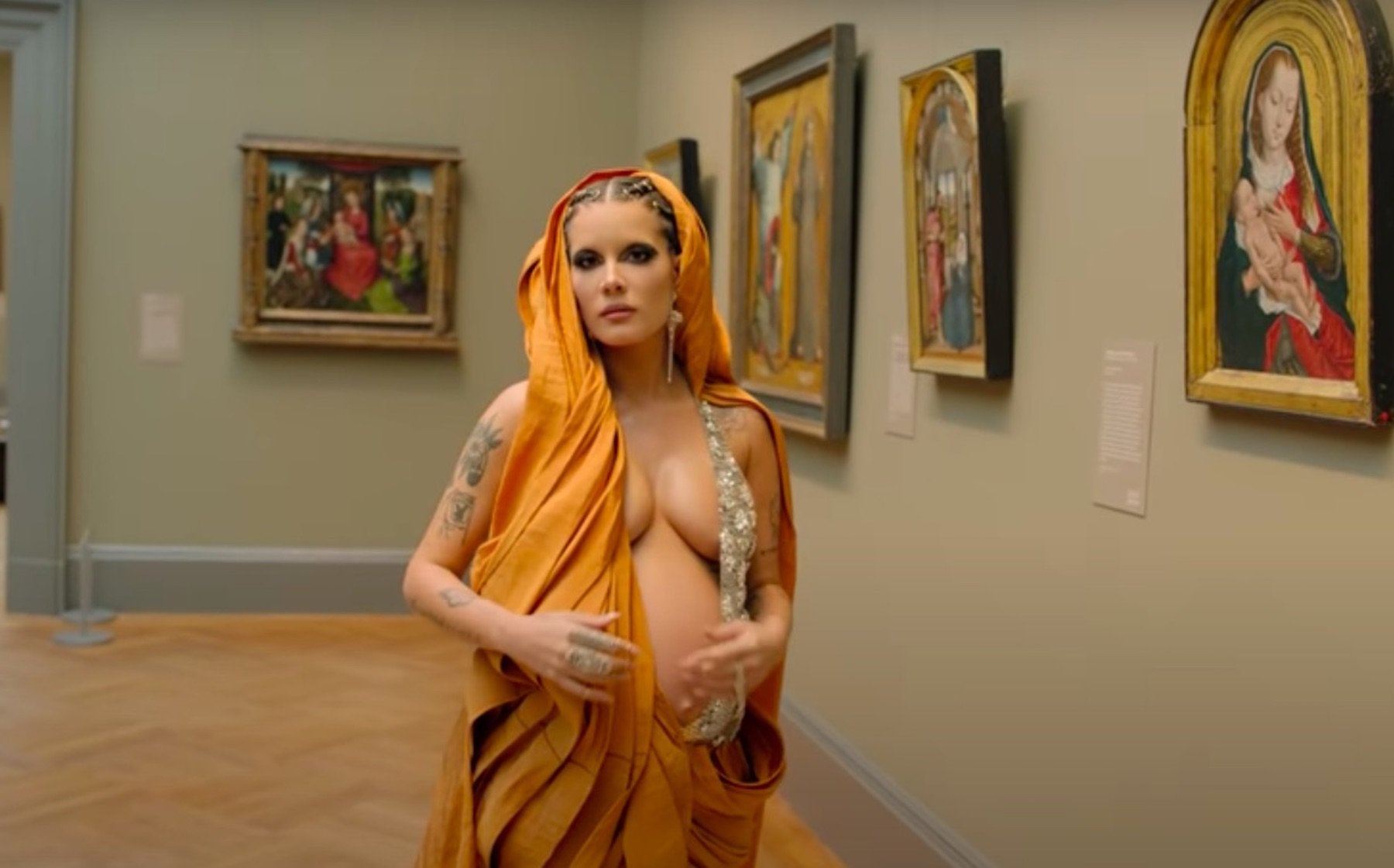
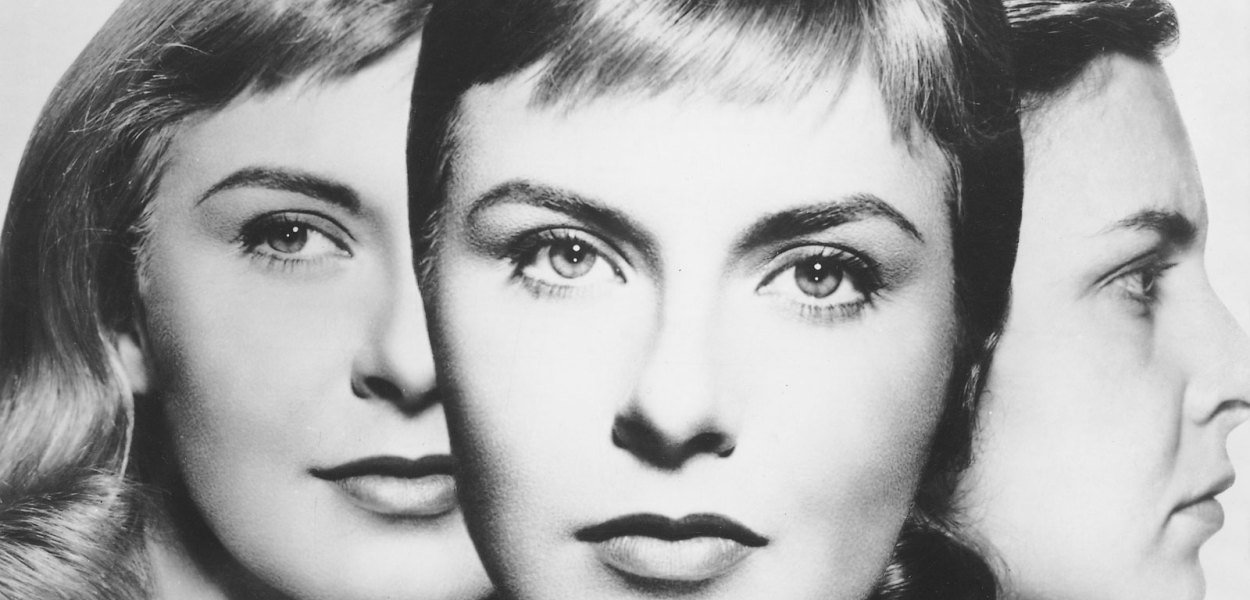
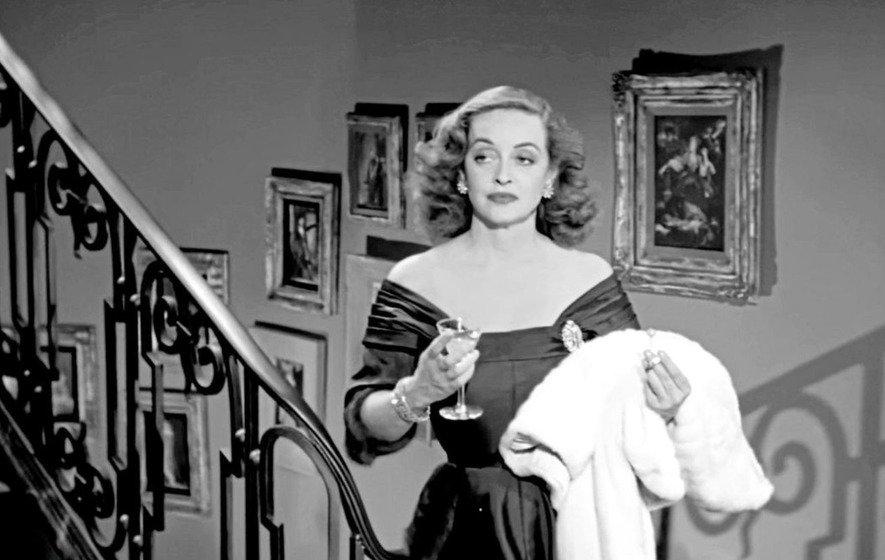
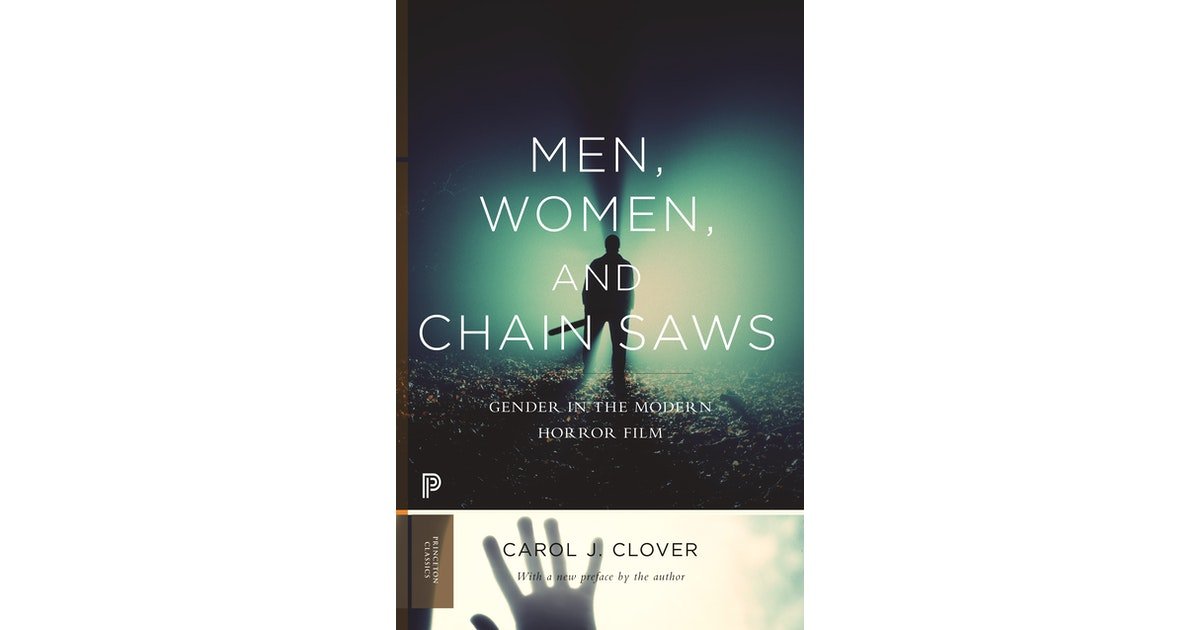

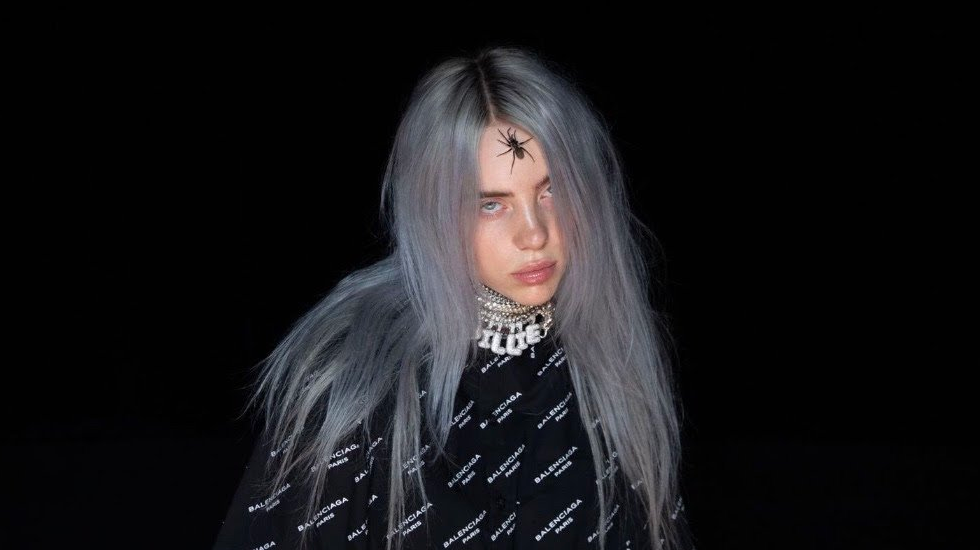
![[Editorial] 5 Slasher Short Horror Films](https://images.squarespace-cdn.com/content/v1/5fe76a518d20536a3fbd7246/1696358009946-N8MEV989O1PAHUYYMAWK/Screenshot+2023-10-03+at+19.33.19.png)
![[Ghouls Podcast] Maniac (2012) with Zoë Rose Smith and Iona Smith](https://images.squarespace-cdn.com/content/v1/5fe76a518d20536a3fbd7246/1696356006789-NYTG9N3IXCW9ZTIJPLX2/maniac.jpg)
![[Editorial] If Looks Could Kill: Tom Savini’s Practical Effects in Maniac (1980)](https://images.squarespace-cdn.com/content/v1/5fe76a518d20536a3fbd7246/1694952175495-WTKWRE3TYDARDJCJBO9V/Screenshot+2023-09-17+at+12.57.55.png)
![[Editorial] Deeper Cuts: 13 Non-Typical Slashers](https://images.squarespace-cdn.com/content/v1/5fe76a518d20536a3fbd7246/1694951568990-C37K3Z3TZ5SZFIF7GCGY/Curtains-1983-Lesleh-Donaldson.jpg)
![[Editorial] Editor’s Note: Making a slash back into September](https://images.squarespace-cdn.com/content/v1/5fe76a518d20536a3fbd7246/1694354202849-UZE538XIF4KW0KHCNTWS/MV5BMTk0NTk2Mzg1Ml5BMl5BanBnXkFtZTcwMDU2NTA4Nw%40%40._V1_.jpg)
![[Editorial] 8 Mind Horror Short films](https://images.squarespace-cdn.com/content/v1/5fe76a518d20536a3fbd7246/1693504844681-VPU4QKVYC159AA81EPOW/Screenshot+2023-08-31+at+19.00.36.png)
![[Editorial] Eat Shit and Die: Watching The Human Centipede (2009) in Post-Roe America ](https://images.squarespace-cdn.com/content/v1/5fe76a518d20536a3fbd7246/1691245606758-4W9NZWE9VZPRV697KH5U/human_centipede_first_sequence.original.jpg)
![[Editorial] Top 15 Female-Focused Mind Horror Films](https://images.squarespace-cdn.com/content/v1/5fe76a518d20536a3fbd7246/1691247166903-S47IBEG7M69QXXGDCJBO/Image+5.jpg)
![[Editorial] 8 Body Horror Short films](https://images.squarespace-cdn.com/content/v1/5fe76a518d20536a3fbd7246/1690838270920-HWA5RSA57QYXJ5Y8RT2X/Screenshot+2023-07-31+at+22.16.28.png)
![[Editorial] Metal Heart: Body Dysmorphia As A Battle Ground In Tetsuo: The Iron Man (1989)](https://images.squarespace-cdn.com/content/v1/5fe76a518d20536a3fbd7246/1690190127461-X6NOJRAALKNRZY689B1K/Screenshot+2023-07-24+at+10.08.27.png)
![[Editorial] Top 15 Female-Focused Body Horror Films](https://images.squarespace-cdn.com/content/v1/5fe76a518d20536a3fbd7246/1689081174887-XXNGKBISKLR0QR2HDPA7/download.jpeg)

![[Editorial] In Her Eyes: Tasya Vos in Possessor (2020)](https://images.squarespace-cdn.com/content/v1/5fe76a518d20536a3fbd7246/1667061747115-NTIJ7V5H2ULIEIF32GD0/Image+1+%285%29.jpg)
![[Editorial] In Her Eyes: Sara Lowes in Witchfinder General (1968)](https://images.squarespace-cdn.com/content/v1/5fe76a518d20536a3fbd7246/1655655953171-8K41IZ1LXSR2YMKD7DW6/hilary-heath.jpeg)
![[Editorial] The Babadook (2014)](https://images.squarespace-cdn.com/content/v1/5fe76a518d20536a3fbd7246/1651937631847-KR77SQHST1EJO2729G7A/Image+1.jpg)
![[Editorial] In Her Eyes: Helen Lyle in Candyman (1992)](https://images.squarespace-cdn.com/content/v1/5fe76a518d20536a3fbd7246/1649586854587-DSTKM28SSHB821NEY7AT/image1.jpg)
![[Editorial] Lorraine Warren’s Clairvoyant Gift](https://images.squarespace-cdn.com/content/v1/5fe76a518d20536a3fbd7246/1648576580495-0O40265VK7RN03R515UO/Image+1+%281%29.jpg)
![[Editorial] Sara in Creep 2 (2017)](https://images.squarespace-cdn.com/content/v1/5fe76a518d20536a3fbd7246/1646478850646-1LMY555QYGCM1GEXPZYM/27ebc013-d50a-4b5c-ad9c-8f8a9d07dc93.jpg)
![[Editorial] Sally Hardesty in The Texas Chainsaw Massacre (1974)](https://images.squarespace-cdn.com/content/v1/5fe76a518d20536a3fbd7246/1637247162929-519YCRBQL6LWXXAS8293/the-texas-chainsaw-final-girl-1626988801.jpeg)
![[Editorial] Margaret Robinson: Hammer’s Puppeteer](https://images.squarespace-cdn.com/content/v1/5fe76a518d20536a3fbd7246/1630075489815-33JJN9LSGGKSQ68IGJ9H/MV5BMjAxMDcwNDI2Nl5BMl5BanBnXkFtZTcwOTMxODgzMQ%40%40._V1_.jpg)
![[Editorial] Re-assessing The Exorcist: Religion, Abuse, and The Rise of the Feminist Mother.](https://images.squarespace-cdn.com/content/v1/5fe76a518d20536a3fbd7246/1629995626135-T5K61DZVA1WN50K8ULID/image2.jpg)
![[Editorial] Unravelling Mitzi Peirone’s Braid (2018)](https://images.squarespace-cdn.com/content/v1/5fe76a518d20536a3fbd7246/1628359114427-5V6LFNRNV6SD81PUDQJZ/4.jpg)
![[Editorial] American Psycho (2000)](https://images.squarespace-cdn.com/content/v1/5fe76a518d20536a3fbd7246/1627317891364-H9UTOP2DCGREDKOO7BYY/american-psycho-bale-1170x585.jpg)






















![[Editorial] 10 Films & Events to Catch at Soho Horror Film Fest 2023](https://images.squarespace-cdn.com/content/v1/5fe76a518d20536a3fbd7246/1700819417135-299R7L4P0B676AD3RO1X/Screenshot+2023-11-24+at+09.41.52.png)
![[Editorial] 9 Horror Nintendo Switch Games To Play](https://images.squarespace-cdn.com/content/v1/5fe76a518d20536a3fbd7246/1697214470057-3XZXX8N4LYIMDFWS6Z3P/Screenshot+2023-10-13+at+17.20.13.png)
![[Mother of Fears] Mothering in Silence in A Quiet Place (2018)](https://images.squarespace-cdn.com/content/v1/5fe76a518d20536a3fbd7246/1696445921315-HZJ2DZYQIH6VVWXBO2YL/Screenshot+2023-10-04+at+19.52.29.png)
![[Editorial] 5 Female Focused Horror Book Recommendations](https://images.squarespace-cdn.com/content/v1/5fe76a518d20536a3fbd7246/1696441981361-52EQCTJ7AT2QF1927GM7/919xtm6d3fL._AC_UF894%2C1000_QL80_.jpg)
![[Editorial] 9 Best Slashers Released Within 10 Years of Scream (1996)](https://images.squarespace-cdn.com/content/v1/5fe76a518d20536a3fbd7246/1695478839037-LOFHGVM3H6BMSZW7G83M/Screenshot+2023-09-23+at+15.15.11.png)
![[Mother of Fears] Mother Vs. Monster in Silent Hill (2006)](https://images.squarespace-cdn.com/content/v1/5fe76a518d20536a3fbd7246/1695485781119-H6GNP0G3J2TLPAOIABV7/Screenshot+2023-09-23+at+17.11.56.png)
![[Editorial] 9 Terrifying Cerebral Visions in Horror Movies](https://images.squarespace-cdn.com/content/v1/5fe76a518d20536a3fbd7246/1693509801235-X23OL50T1DVGECH0ZJK2/MV5BMjQ0MTg2MjQ4MV5BMl5BanBnXkFtZTgwMTU3NDgxMTI%40._V1_.jpg)
![[Mother of Fears] I Don’t Wanna Be Buried in a Pet Sematary (1989) and (2019)](https://images.squarespace-cdn.com/content/v1/5fe76a518d20536a3fbd7246/1691328766069-QFNAVJOMFZVZ5CLU1RWM/Screenshot+2023-08-06+at+14.23.13.png)

I can sometimes go months without having a panic attack. Unfortunately, this means that when they do happen, they often feel like they come out of nowhere. They can come on so fast and hard it’s like being hit by a bus, my breath escapes my body, and I can’t get it back.